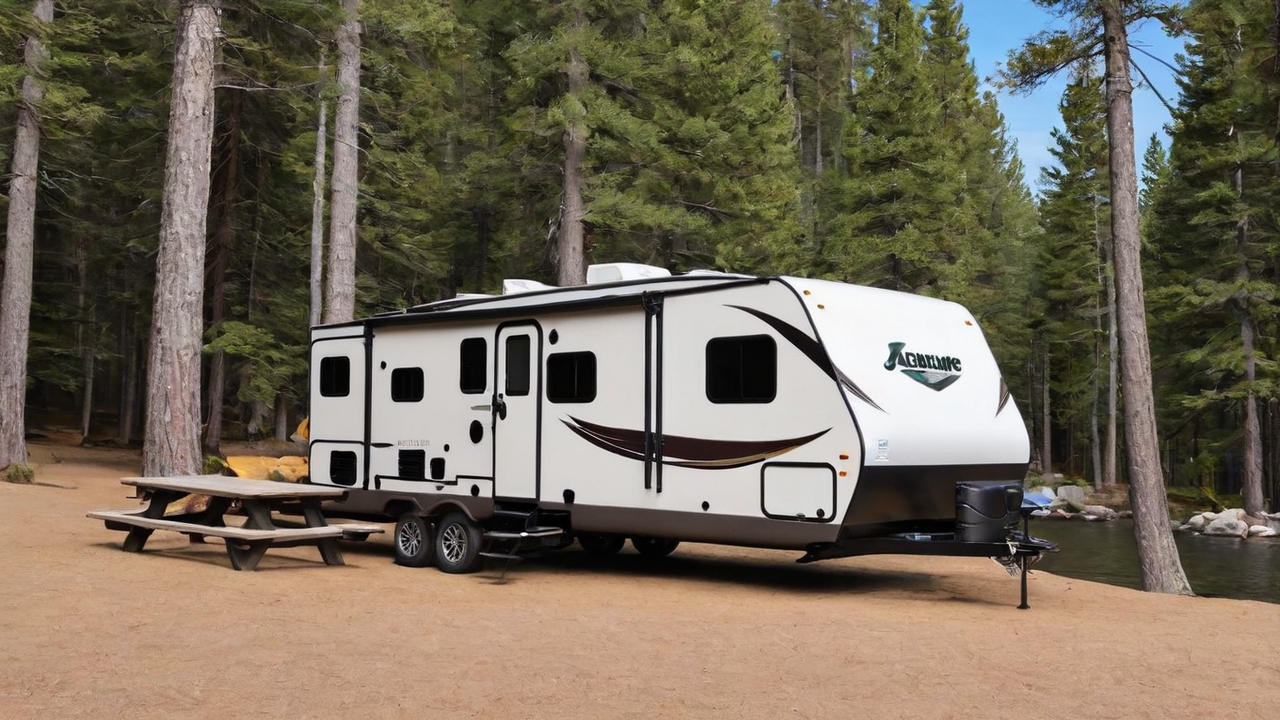
Utilizing Geographic Information Systems for Improved Campground Configurations
Integrating GIS into campground management software revolutionizes the way campgrounds are planned and managed. By leveraging accurate geographical data, administrators can optimize the layout for improved accessibility and guest satisfaction. This combination allows for the creation of detailed site maps that include existing landscapes, maximizing the use of space while preserving the environment.
The capability to visualize and manipulate the campground configuration in real-time provides a significant benefit in planning and development. Precise GIS data helps in identifying ideal locations for amenities, ensuring they are both accessible and ecologically sustainable. This method not only enhances guest contentment but also contributes to a lower environmental impact.
Simplifying Reservation Processes with Geographic Information Systems
By integrating GIS into campground reservation software, operators offer a more interactive booking process for guests. Guests can select their preferred spots based on actual geographical data, including proximity to amenities and picturesque views. This level of detail in site choice significantly enhances planning and contentment for guests.
Furthermore, this technology reduces the likelihood of overbooking and clashes among reservations. Accurate GIS data ensures that each site is correctly charted, with clear boundaries, thus facilitating a smoother reservation process. This effectiveness not only reduces time for campground managers but also boosts the overall customer satisfaction.
Enhancing Safety and Crisis Management with GIS
Incorporating GIS into campground management software greatly improves safety and emergency preparedness. Detailed site maps allow for precise location of emergency services like fire stations, medical points, and evacuation routes. This accessibility to critical information can significantly accelerate reaction times in critical situations, potentially saving lives.
Moreover, GIS data can be used to spot areas susceptible to environmental hazards such as flooding or wildfires, allowing for the development of proactive safety plans. By this technology, campground operators can put in place precautionary strategies and alert campers of potential risks, thus guaranteeing a safer camping environment for everyone.
Optimizing Resource Allocation With GIS
GIS technology allows campground operators to efficiently allocate resources across the area. By analyzing geographical data, managers are able to identify the most strategic locations for amenities such as restrooms, picnic areas, and recreational areas. This guarantees that all campers have convenient access to facilities, improving their total satisfaction.
Additionally, GIS can help in managing the usage of environmental assets, encouraging sustainable practices within the campground. Through precise mapping, campgrounds can avoid overuse of vulnerable areas, aiding in conservation efforts and protecting the beauty and integrity of the environment.
Boosting Visitor Satisfaction with Interactive GIS Tools
Interactive GIS maps enhance guest engagement by providing an immersive experience of the campground before they arrive. Guests can tour different areas, view photos, and read about nearby attractions directly through the site’s webpage. This pre-arrival engagement starts the guest experience on a positive note, increasing anticipation and contentment.
Moreover, these interactive features may act as a resource during the stay, providing real-time information on weather conditions, upcoming events, and available services. This accessibility guarantees that guests remain updated and are able to fully enjoy their outdoor adventure.
Facilitating Environmental Sustainability with GIS
GIS integration in campground management software plays a crucial role in advancing eco-friendly sustainability. Precise mapping enables for thoughtful planning and conservation of environmental resources, reducing human impact on the environment. This tools facilitate to monitor and manage wildlife habitats, water bodies, and plant life, ensuring their preservation for future generations.
Furthermore, by utilizing environmental GIS data, campsites can identify areas suitable for solar panels installations or other green initiatives. Such strategy not only boosts the campground’s environmental stewardship but also lowers operational costs, showing a commitment to protecting the natural world.
Integrating Community Knowledge into Campground Development with GIS
GIS systems empower campground managers to integrate local knowledge into campsite development. By engaging with local residents, managers can gain a deeper understanding of the area and its cultural significance. Such collaboration guarantees that campgrounds are planned with respect for local values and heritage, enriching the guest encounter.
Moreover, this cooperation helps in identifying distinct opportunities for campsite activities and offerings that showcase the local culture and landscape. Incorporating local perspectives into the planning process not only improve the genuineness of the campground but also bolsters bonds with the local populace, establishing a beneficial effect for all parties.
Adjusting to Changing Guest Expectations with Dynamic GIS Data
The landscape of outdoor recreation is always evolving, with visitor demands getting more complex. Utilizing dynamic GIS data allows campground managers to quickly adapt to these shifts by updating amenities and services to meet current needs. This flexibility ensures that campgrounds remain attractive and competitive in a rapidly changing market.
Additionally, the capability to gather and interpret guest feedback through GIS-based applications means campground operators can constantly refine their offerings. Tailoring the outdoor adventure to meet individual preferences not only increases visitor contentment but also promotes return visits, driving the success of the campground in the long term.
visit website